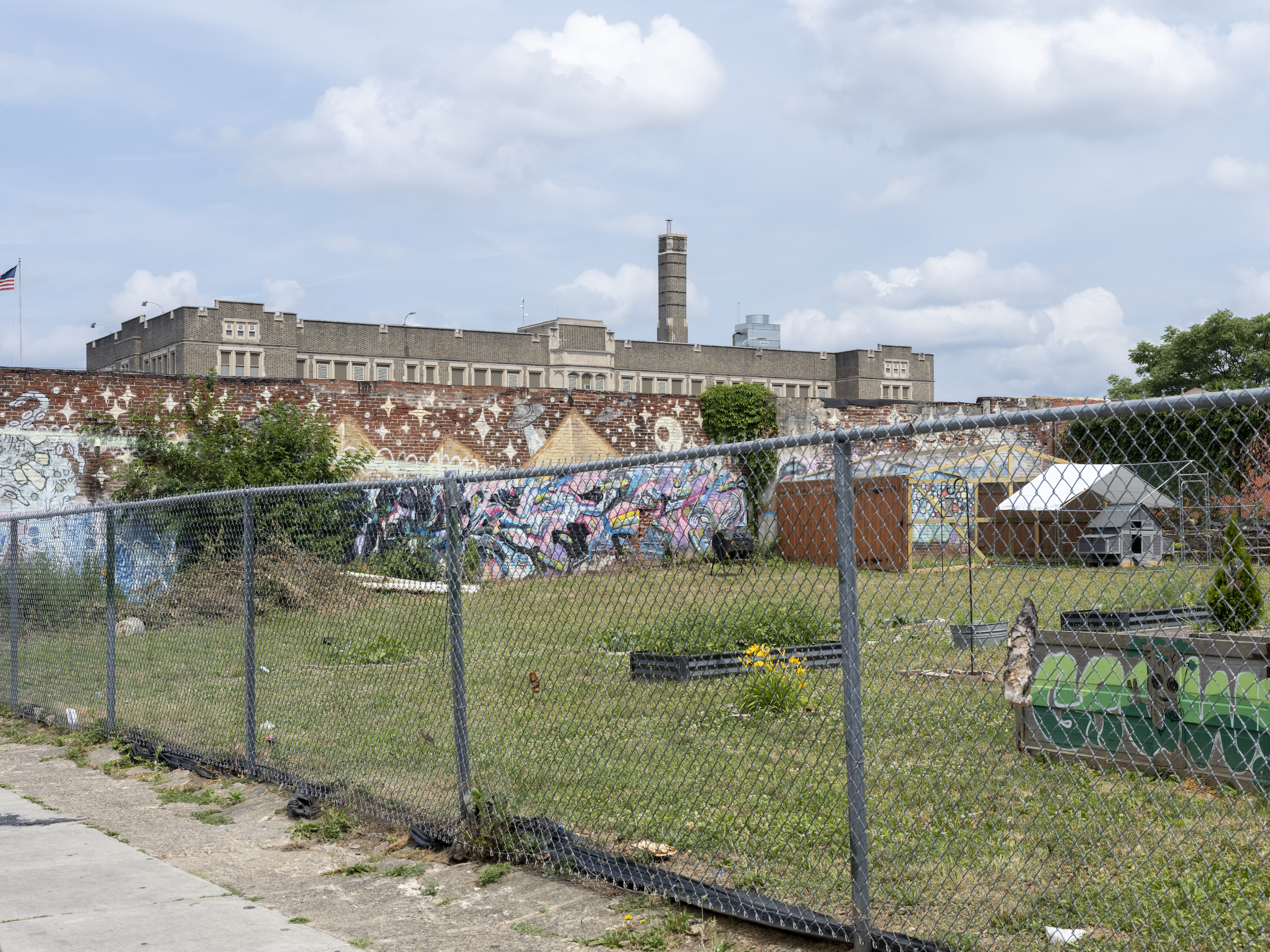Gun reform is on the agenda of the 2016 Democratic National Convention, underway this week at the Wells Fargo Center in Philadelphia. Hillary Clinton consistently called attention to the issue to differentiate herself in her protracted primary battle with Bernie Sanders, and both she and running mate Tim Kaine may use their acceptance speeches to press their fight with the National Rifle Association. Other scheduled speakers this week include the mothers of Trayvon Martin, who was fatally shot by a neighborhood watch volunteer in 2012, and Hadiya Pendleton, who was killed by a stray bullet a week after performing at events for President Obama’s second inauguration.
Philadelphia should provide an eager hometown audience for a gun reform pitch: One analysis of Philadelphia police department data found that someone is shot every six hours in the city, on average. When Clinton visited last April, she used the occasion to decry America’s “epidemic of gun violence.” Situated across the Delaware River from Camden, New Jersey — a city grappling with a persistent gun violence problem — Philadelphia saw a 14 percent increase in gun homicides in 2015 over the year before.
The total gun murder rate in this city of 1.5 million is 15 per 100,000 people, which is slightly higher than total homicide rates in Nicaragua. Shootings overall spiked 18 percent in the city between 2014 and 2015 and have remained high so far this year, with at least 348 people struck by bullets, according to the nonprofit, nonpartisan Gun Violence Archive (GVA).
Earlier this month, building on a partnership with The Trace begun late last year, Slate mapped every shooting collected by GVA between June 30, 2015 and June 30, 2016. Zooming in on Philadelphia, the map shows six incidents within a two mile radius of the Wells Fargo arena, which sits in a sparsely populated corner in the city’s southeast.
Two of the victims of those shootings were killed. All but one was under 30.
November 15, 2015: An 18-year-old man was shot and killed.
January 28, 2016: A 16-year-old boy and a 22-year-old man were wounded in a drive-by shooting.
March 23, 2016: A 22-year-old man was shot several times and wounded.
May 11, 2016: A 27-year-old man was shot twice in the leg.
July 16, 2015: A 23-year-old man was fatally shot in the chest.
July 16, 2015: A 32-year-old woman was wounded by a stray bullet while driving.
Scrolling beyond the ring where those victims were struck, the map displays pins marking dozens more shootings in neighborhoods such as Strawberry Mansion, Kensington, and West and North Philadelphia. Over the 12 months covered by the map, at least 196 people were killed and 426 wounded by guns in the city.
According to firearm trace data analyzed by the Bureau of Alcohol, Tobacco, Firearms and Explosives (ATF), most guns seized at Pennsylvania crime scenes that originate from out of state originate in Ohio and Virginia, which have relatively looser gun laws.
An undercover ATF agent told a local news outlet in February that he encountered a barber selling assault rifles out of his shop, which had a shooting range in the basement. “I’ve gone into homes where it’s like an open flea market, where you had 15, 20 guns spread out on the table,” the agent said.
In 2014, in an effort to roll back local gun ordinances enacted by Pennsylvania’s cities and towns, the Republican-controlled state legislature passed a law that allowed out-of-state groups to initiate expensive lawsuits to invalidate local gun laws. Rather than risk crushing legal costs, nearly 100 municipalities scrambled to scrap rules banning guns in public parks and requiring owners of lost or stolen firearms to report them to police.
Philadelphia was among the deeper-pocketed cities to fight back. The administration of then-Mayor Michael Nutter sued top state officials so that the city could keep its seven gun ordinances — which included a gun ban in city-owned facilities and by people subject to protection-from-abuse orders — on the books. The NRA countersued two months later, and after spending a year and a half in the courts, the state supreme court tossed the law on technical grounds in late June. A bill advancing in the Philadelphia City Council, filed two months before the law was struck down, would require gun owners in homes with children under the age of 18 to keep their firearms unloaded and stored in a locked container.
At one elementary school in West Philadelphia, so many of the students have been affected by gunfire — 24 of the 30 students in a single homeroom know someone who has been shot, according to their teacher — that fourth graders undertook a class project to grapple with the violence have confronted. One of the assignments was to produce poems about the topic, using the prompt, “Because there was a gun.”
“Because there was a gun,” wrote one girl, “everybody lives in fear / Because there was a gun / my father isn’t here / Because there was a gun / some people cry out tears / Because there are guns / life is a nightmare.”
[Photo: AP Photo/Chris Szagola]


